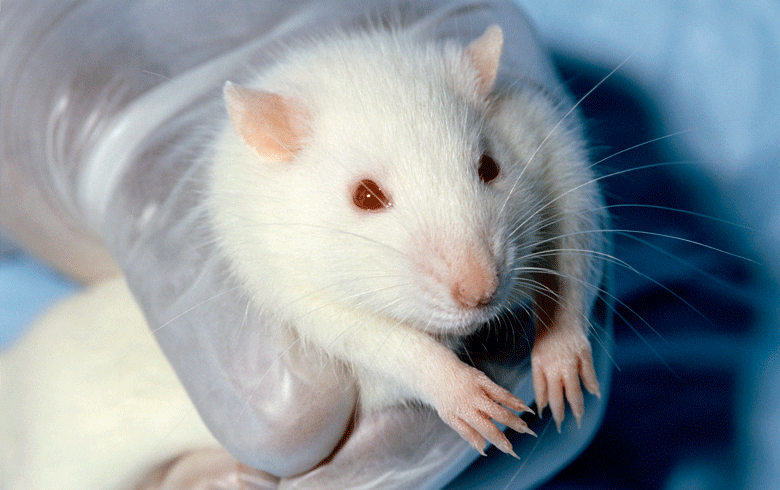I read with growing dismay the guest columnist featured in the September 2021 issue of The Working Waterfront (“Animal welfare a victim in research”). It was, in almost every respect, incorrect and inflammatory.
First, there are laws governing the use of animals in research beyond the Animal Welfare Act, including the Health Research Extension Act of 1985 which lays out stringent guidelines for care, treatment in trials (including analgesics, anesthetics, paralytics, and euthanasia), pre-surgical and post-surgical veterinary and nursing care, and, importantly, the organization and operation of animal care committees.
These animal care committees are most commonly called institutional animal care and usage committees and must, by law, include at least one individual who has no association with the institution and at least one doctor of veterinary medicine. The law is overseen by the federal Department of Agriculture and has multiple supporting guidelines and requirements including: Public Health Service Policy on Humane Care and Use of Laboratory Animals; U.S. Government Principles for the Utilization and Care of Vertebrate Animals Used in Testing, Research, and Training; Guide for the Care and Use of Laboratory Animals; and American Veterinary Medical Association Guidelines on Euthanasia, (2013).
My experience is that even the slightest indication that an animal was mistreated or injured was thoroughly investigated.
I served for several years as the required non-affiliate on the committee of a large animal research institution and I can categorically state that more effort is expended in the care and humane treatment of research animals than is normally done by a pet owner. Every proposed use of an animal was reviewed by this committee and the standard protocol includes using the filter of three “Rs” as defined by the Guide for the Care and Use of Laboratory Animals, 8th edition: Replacement (methods to avoid the use of animals), Refinement (modifications of husbandry or experimental procedures to enhance animal well-being and eliminate pain or distress), and Reduction (strategies for obtaining comparable levels of information from the use of fewer animals or for maximizing the information from a given number of animals, without increasing pain or distress).
My experience is that even the slightest indication that an animal was mistreated or injured was thoroughly investigated and, if human activity was the cause of the problem, individuals were re-trained, re-assigned and, in some cases terminated from the institution.
If a problem was caused by process or physical plant issues, it was immediately addressed. In addition, bi-annual committee inspections of all facilities used in the research as well as the records covering every aspect of the breeding, use, and end points were reviewed.
Further, there are international organizations that actively evaluate these institutions to ensure that the highest quality of animal care is used. One organization, the Association for Assessment and Accreditation of Laboratory Animal Care International, conducts annual physical inspections of facilities, one-on-one interviews with all levels of responsible employees, and record keeping to ensure the highest standards of animal welfare are maintained. Without this accreditation, the institution is effectively shut down.
If we have learned nothing else over the last 18 months, it is the tremendous debt of gratitude we owe to our scientific and medical institutions for their life-saving work.
Michael Hays lives in Bass Harbor.





